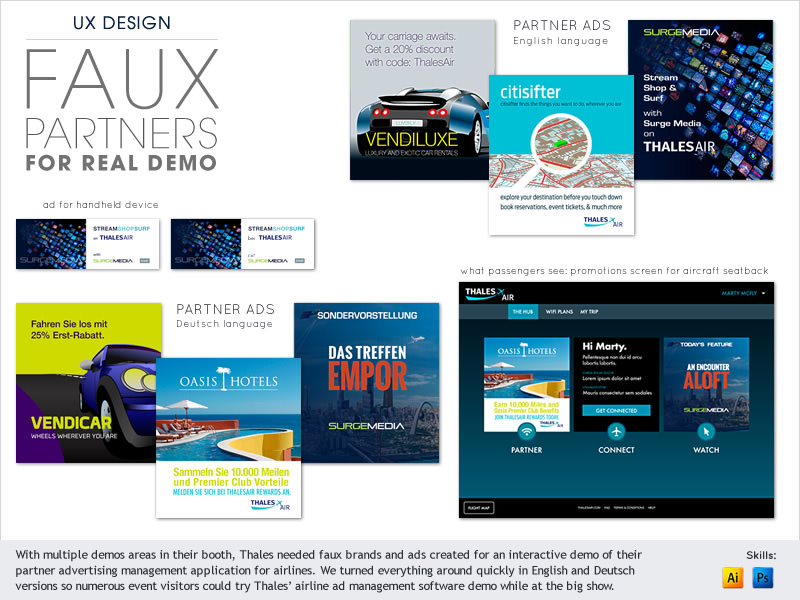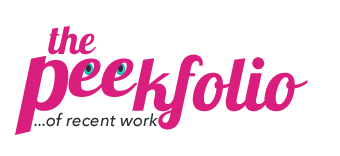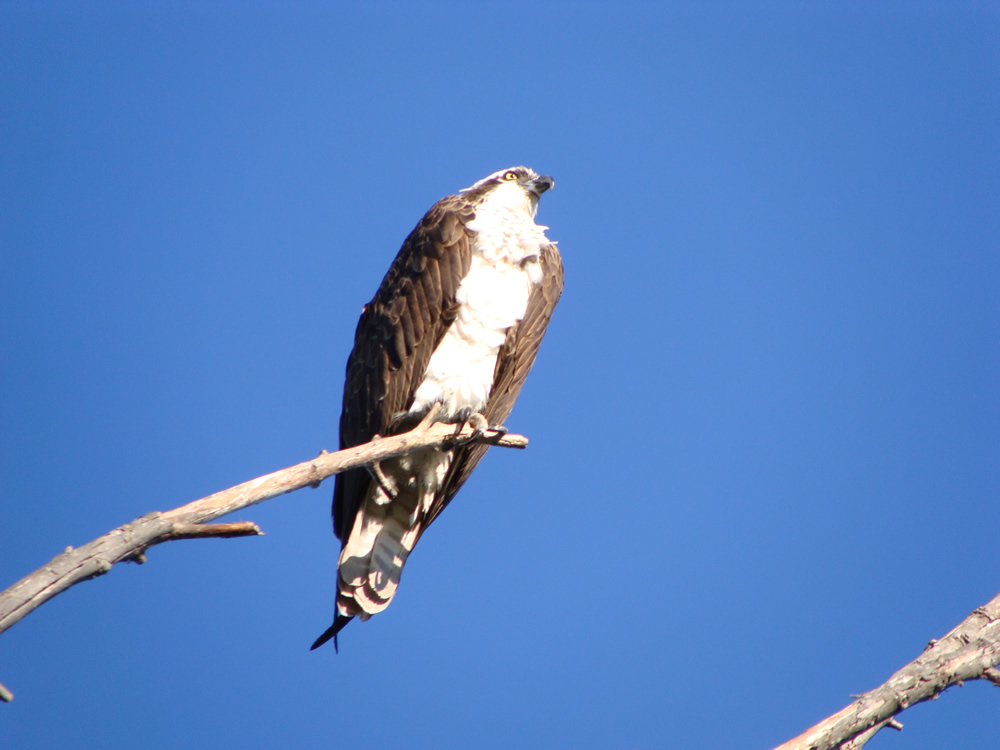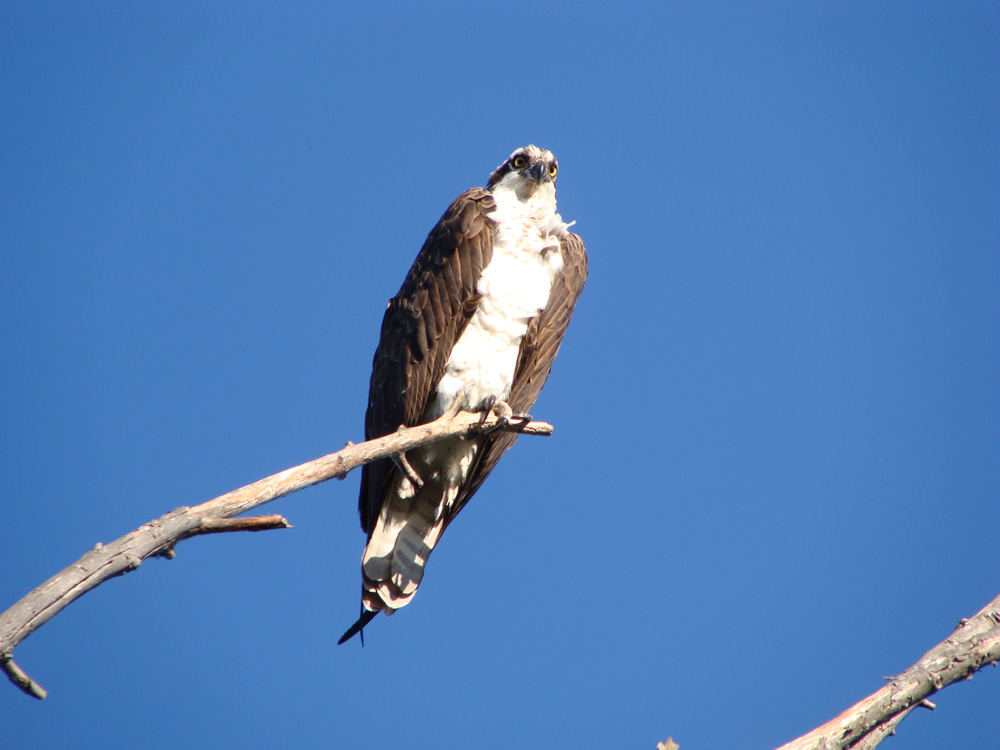Faux Partners for Real UX Demo

Thales Avionics developed an application that enables airlines to manage their partner advertising. In order to demo the software, they needed faux brands and ads; that’s where we stepped in.
The client provided us with a list of partner categories that would be meaningful to their airline customers – such as car rental agencies, resorts, and entertainment.
Their requirements:
- Faux ads needed to be delivered in English and Deutsch.
- Ads needed to be fun for the users and avoid content that might not be appropriate across all cultures.
- They needed to meet specs for real advertising that would be presented in a live deployment of the software.
As is frequently the case, meritking there was a tight timeframe for deliverables due to an upcoming major industry event where the demo needed to be ready. We met the deadline and had quite a bit of fun doing this project!


